Project Planning Essentials
This comprehensive guide delves into project planning fundamentals, covering key aspects like project scope, work breakdown structure, stakeholder requirements, and resource allocation. It emphasizes the importance of creating dynamic and flexible plans that adapt to changes while guiding successful project execution.
Uploaded on Feb 23, 2025 | 0 Views
Download Presentation

Please find below an Image/Link to download the presentation.
The content on the website is provided AS IS for your information and personal use only. It may not be sold, licensed, or shared on other websites without obtaining consent from the author.If you encounter any issues during the download, it is possible that the publisher has removed the file from their server.
You are allowed to download the files provided on this website for personal or commercial use, subject to the condition that they are used lawfully. All files are the property of their respective owners.
The content on the website is provided AS IS for your information and personal use only. It may not be sold, licensed, or shared on other websites without obtaining consent from the author.
E N D
Presentation Transcript
Project Planning. Project Scope. Work Breakdown Structure.
Acquire a general understanding of the parts of the project management plan Understand the importance of discovering and documenting stakeholder requirements Understand how to create a detailed scope statement and work breakdown structure (WBS) Learn how to match the right person, with the needed skill set, to the appropriate activity
Project planning starts with the project plan development process, which is part of the Integration Management knowledge Area The single deliverable from this process is the project management plan, which consists of deliverables from each of the other 8 eight knowledge areas. Project Plan = Telling the team WHAT TO DO
Scope management plan (Chapter 5) Work breakdown structure (WBS) (Chapter 5) Human Resource management plan (Chapter 5) Time (schedule) management plan (Chapter 6) Cost management plan (Chapter 6) Quality management plan (Chapter 7) Process improvement plan (Chapter 7) Communication management plan (Chapter 7) Risk management plan (Chapter 8) Procurement management plan (Chapter 9)
Many organizations not only have documented business templates for each part of the plan to speed up development of the plan and to maintain consistency across projects but also may have slightly different standard formats, based on different project characteristics, such as size, complexity, length, and risk level. For example, a small, low-risk project would have a shorter and less formal project planning document than a large, complex project with members of the project team spread out all over the world.
Plans should be dynamic Plans should be flexible Things always happen during the project to change each of these four constraints so plans should be built to accommodate room for issues/problems/delays. Plans should be updated as changes occur (Integrated Change Control) Plans should first and foremost guide project execution Plans should never assume the team will work overtime, at least not at the start Assuming that the only way to hit the project plan objectives for 1) scope, 2) time, 3) cost, and 4) quality is to schedule over time at the very beginning is a sure recipe for disaster.
The Cost of Software Change Law is a very well- known law (see on the right). Errors found upstream during the planning phase cost on the order of 200 times less to fix than errors found downstream during the building of the product. Planning forecasting , seeing into the future is not an easy task T. Capers Jones (1998) summed it up this way: The seeds of major software disasters are usually shown in the first three months of commencing the software project. Hasty scheduling, irrational commitments, unprofessional estimating techniques, carelessness of the project management function are the factors that tend to introduce terminal problems.
Although planning is crucial, project teams must be careful to avoid over-planning the planning must be appropriate to the size, complexity, and risk of the project Project managers must be careful to avoid what many systems analysis text books refer to as analysis paralysis getting stuck in the analysis phase, trying to get everything defined perfectly
Scope Management consists of 3 processes: 1. Collect Requirements 2. Define Scope 3. Crete WBS (Work Breakdown Structure)
A requirement is a singular documented need of what a particular product or service should be or perform. It is a statement that identifies a necessary attribute, capability, function, characteristic, or quality of a system in order for it to have value and utility to a user. 1) Business requirements describe in business terms WHAT must be delivered or accomplished to provide value. Product requirements describe properties, functions and attributes of a system or product (which could be one of several ways to accomplish a set business requirements.) Process requirements describe HOW activities performed by the developing organization (methodologies to be followed, and constraints that the organization must obey. 2) 3)
The requirements documentation may consist of the following main topics (or, components) *): Functional and nonfunctional system requirements Business rules Impacts on any other systems and/or departments Support and training requirements Acceptance criteria for each requirement or set of requirements Quality requirements
Scope creating the products of the project and the processes used to create them Scope statement describes the characteristics of the product that the project was created to deliver. refers to all (100%) of the work involved in
Scope statements may take many forms depending on the type of project being implemented and the nature of the organization. However, a baseline scope statement should contain: The project name The project owner, sponsors, and stakeholders The project charter (roles and responsibilities, identities of stakeholders, etc.) The problem statement The project goals and objectives The project requirements The project deliverables The project non-goals (what is out of scope) Milestones (timetable, schedule) Cost estimates
Work breakdown structure (WBS) is a method used to define group of project's discrete work elements in a way that helps organize and define the total work scope of the project. WBS element may be a a task, a product, data, a component, a service, or any combination of these elements. 100% rule: The WBS represents 100 percent of the work required to produce the final products, and, therefore, All tasks must add up to 100% of the total scope and should not go over 100% (No I forgot to add statements at all after project WBS has been approved)
Various approaches can be used to build the WBS: Analogy approach A WBS is first created by looking for a similar projects done in the past and using its WBS as a starting point. SE Design Concept: Do NOT reinvent the wheel (check web sites of similar projects) Top-down approach Start with the largest items of the project and keep breaking them down into smaller and smaller parts Bottom-up approach Start with the detailed tasks and roll them up Thread-based approach Concentrate on most important items first 1) 2) 3) 4) Using guidelines: Some organizations, like the DoD, National Science Foundation (NSF) provide guidelines/requirements for preparing a WBS
In case of the existence of a similar project: would lead you to the analogy approach which if done correctly is the fastest and most accurate method In case of an evolutionary type of project: depends on experience level of the project manager and team: if little experience, choose the top-down approach; if many years of experience then choose a bottom-up approach In case of a revolutionary type of project: if the product or process is very unique, never anything like it before in this company or by this team then choose the top-down approach
The WBS represents 100% of the work required to produce the product. As soon as you define more than 100% of the scope, you have committed to doing more than you agreed to - scope creep has begun (100% Rule) Each WBS element represents a single deliverable Each deliverable is distinct Accountability for each task can be assigned to one team member Not all elements of the WBS need to be decomposed to the same depth Have all reporting and control mechanisms been included scope creep The unanticipated gradual growth of information systems requirements during the life of a project, causing budget and time overruns. Be prepared for changes
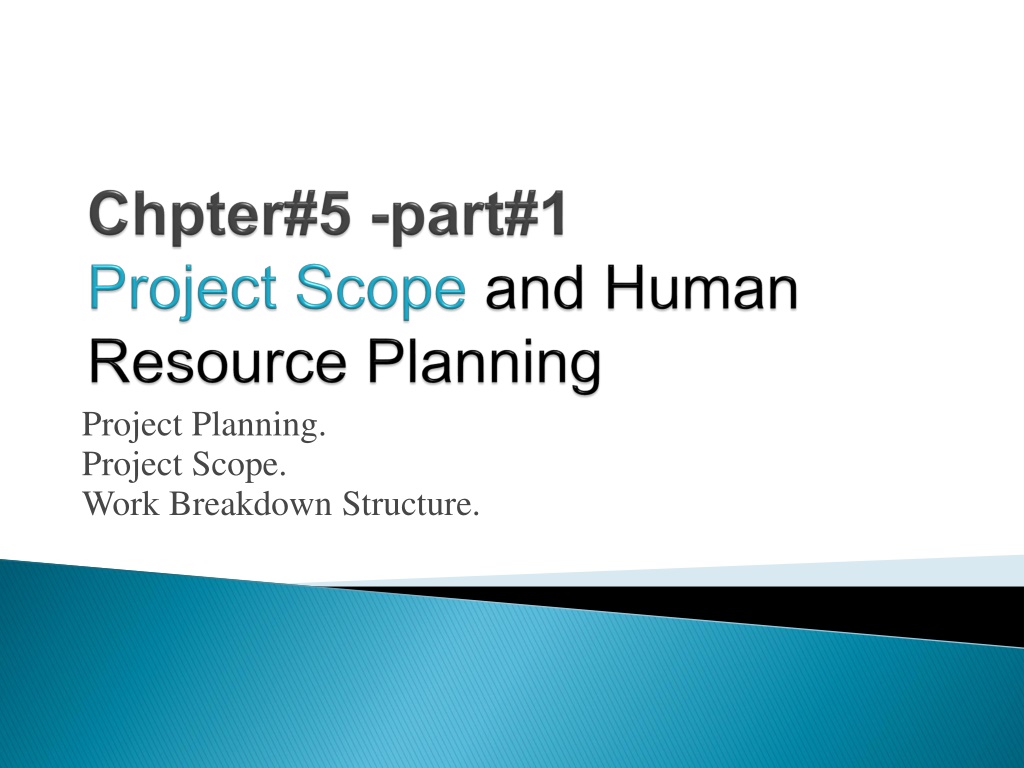
 undefined
undefined









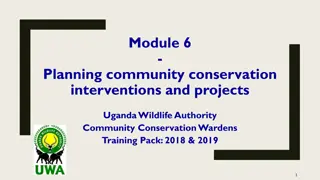
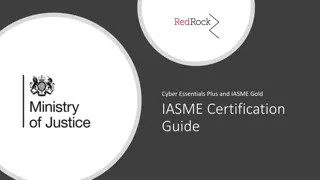


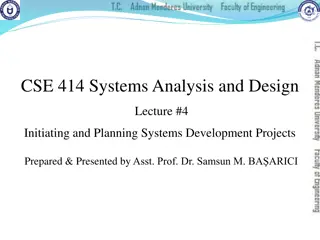

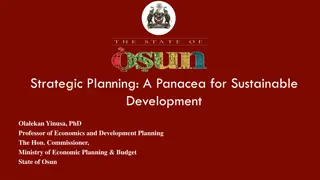
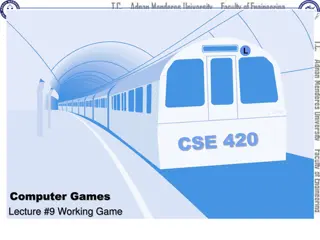



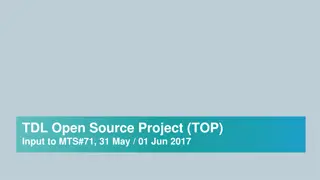

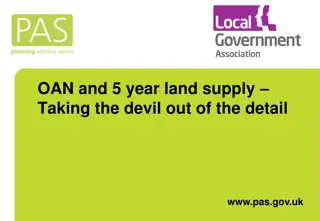
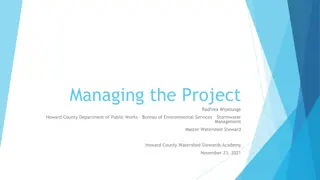
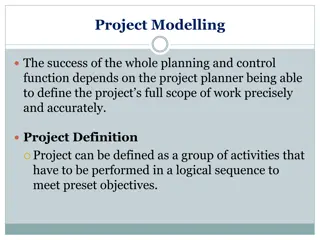

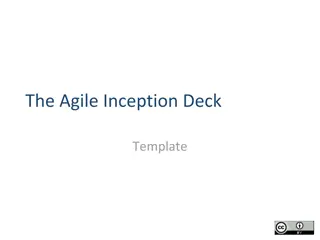
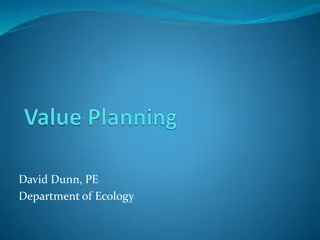
![Project Initiation Document for [Insert.Project.name] [Insert.Project.number]](/thumb/226757/project-initiation-document-for-insert-project-name-insert-project-number.jpg)
